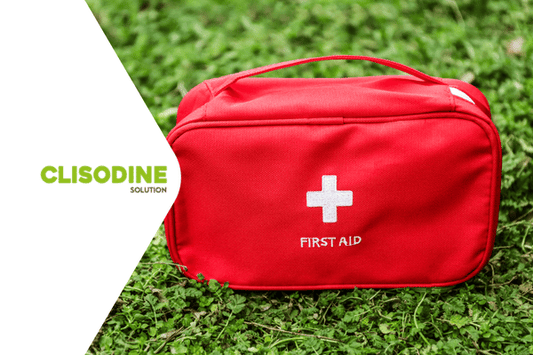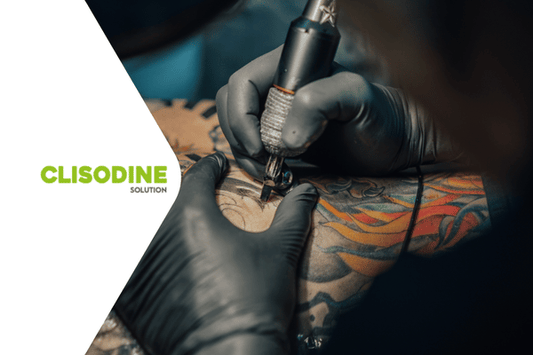Home and travel first aid kit: What it should contain and how to use it correctly
Whether you're going on vacation, a weekend at the cottage, or just want to be prepared at home, a properly equipped first aid kit will help us can significantly ease the situation in a crisis, whether it is a minor injury, sudden pain or first aid for a more serious problem.
In this article you will find an overview of what should not be missing in it, as well as practical advice on how to use individual items.
Basic contents of a home first aid kit
For regular use at home, we recommend having the following groups of tools:
Bandage and covering material
- Sterile squares and gauze
- Band-aids of various sizes (including waterproof ones)
- Elastic bandage
- Triangular bandage (for limb fixation)
Disinfection and wound treatment
- Antiseptic, disinfectant solution
- Antimicrobial gel or spray
- Tweezers (e.g. for removing chips)
Health measurement and control devices
- Thermometer (digital or non-contact)
- Small scissors with a round tip
Medicines for common ailments
- Pain and fever medications
- Allergy medications
- Sore throat tablets or lozenges
- Medications for diarrhea and constipation
- Rehydration solution (for fluid loss, e.g. after diarrhea)
Travel first aid kit – for vacation and trip
The contents of a travel first aid kit differ from those of a home first aid kit mainly in their emphasis on quick treatment and prevention of problems that we encounter away from home.
Additionally for travel:
- Sunscreen and lip balm with UV protection
- After-sun gel
- Insect repellent
- Soothing gel for insect bites
- Travel sickness medicine
- Basic antibiotic ointment (if recommended by your doctor)
- A written list of your medications and allergies (in case of an accident)
Tip: Always adapt the contents of your first aid kit to your destination – you will need different things for the mountains and others for the seaside.
Practical advice – how to provide basic assistance
Treatment of minor cuts
- Rinse the wound with clean water.
- Disinfect.
- Cover with a sterile square or plaster.
- Change the dressing regularly and watch for signs of infection (redness, pus).
Mosquito or other insect bite
- Wash the area with soap and water.
- Use a cooling gel or ointment to relieve itching.
- In case of a severe reaction, an antihistamine can be administered.
Cut or laceration
- Stop the bleeding by applying pressure with a sterile square.
- Disinfect the edges of the wound (not the deep tissue).
- Cover with a bandage.
- For deep wounds, see a doctor.
Blisters from walking
- Do not puncture unless necessary.
- Cover with a special blister patch.
- If it bursts, keep it clean and covered.
Basic first aid tip
Have the emergency number 155 memorized and know how to describe the location and condition of the injured person. If you are unsure, it is better to contact a doctor or emergency services.
How to store and check your first aid kit
- Store in a dry place, out of reach of children.
- Check the expiration date of your medications at least once a year.
- After each use, replenish the missing items.
Summary
A well-stocked first aid kit is not just a “box of plasters”. It is a set of tools that can decide the speed of recovery or even your life. Whether at home or on the go, taking the time to prepare it will pay off when you least expect it.







